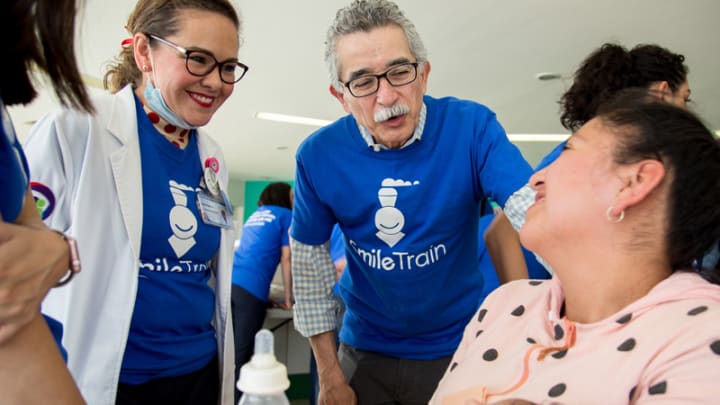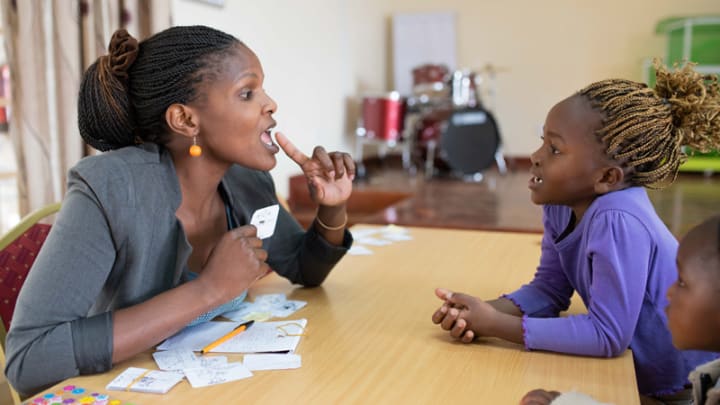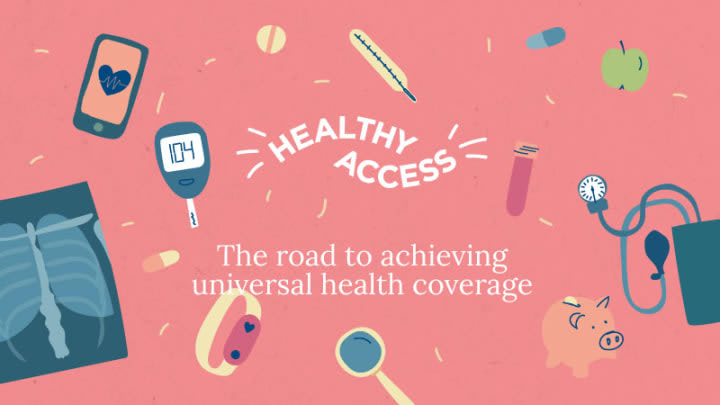
MANILA — Just like fake news, myths can have harmful consequences.
Take the myth that a woman born with a child with cleft palate has either looked up or used a knife during an eclipse, or laughed at someone with disabilities during pregnancy and is now being punished by a higher being. Some believe cleft palate is a curse, or that the child with the condition is possessed by a demon.
“In my mind, [addressing misinformation] should be a key aspect of ensuring a continuum of care and linkages between communities and facilities.”
— Erin Stieber, senior vice president of programs at Smile TrainSuch false beliefs, which have pervaded communities worldwide for centuries, contribute to stigma and discrimination. This keeps patients or families with children with cleft palate — often neglected due to lack of awareness and availability of free or affordable surgery — from accessing or receiving treatment, forfeiting their chances to live healthy and normal lives.
The stigma could tear families apart, forcing parents to hide or abandon their children, or worse, committing infanticide. A 2017 literature review documented cleft-related infanticide in 27 countries, with most of the reports coming from China, India, Nigeria, Russia, and Peru.
The international development community has set a clear goal of reaching universal health coverage by 2030 — while leaving no one behind. How do we ensure access to quality care for all? This content series looks at the technology, practical solutions, and innovative financing tools driving improved access to quality care around the globe.
“There are many stories of these children being abandoned, being found in woods, trash bins, etc. before they are brought to the hospital for treatment, or of cleft-related infanticide. Others believe that because the child was cursed, they should be sentenced to live with the deformity and won’t bring them for treatment,” said Erin Stieber, senior vice president of programs at Smile Train, a New York-based charity that helps provide corrective surgeries for children with cleft lip and palate by partnering with local hospitals and training local doctors.
“It is a significant issue and one we are constantly trying to combat,” she said.
Debunking the myths
Lack of understanding about cleft palate and strong cultural beliefs allow myths to persist, said Esther Njoroge, Smile Train’s vice president for Africa.
But organizations that provide corrective surgeries for cleft palate deal not just with myths but also with misconceptions of the condition itself, as many think it's just an aesthetic problem.
Smile Train officials, however, argue it’s both a social and a health issue. Children with cleft palate find it difficult to eat, leaving them malnourished. They also tend to be victims of school bullying, social isolation, and suffer from low self-esteem.
In addition to supporting partner hospitals and training local doctors to do the corrective surgeries, Smile Train tries to embed awareness about cleft palate in its programming “at every opportunity,” Stieber said. The organization supports locally led awareness campaigns that help demystify the condition.
More from Healthy Access:
► Q&A: Bringing women's rights into the finance discussion
► Without 'concrete' directives, new UHC agreement could fall flat
► The rise of digital health and its potential to push progress on UHC
Its program directors and country staff also carry out their own education and awareness strategies. In West and Central Africa, Smile Train conducts “cleft awareness weeks” where they reach out to religious organizations, go to car parks, hospitals and schools to explain that having a child with cleft palate isn’t a bad omen — as many may have been led to believe. Instead, it is a congenital birth defect that can be treated with a 45-minute surgery.
“In my mind, [addressing misinformation] should be a key aspect of ensuring a continuum of care and linkages between communities and facilities,” Stieber said.

The power of community
As they work to debunk the myths, organizations dealing with cleft palate issues get help from the very communities they are assisting.
“Former patients and their families sometimes become advocates within their own communities — many of our patients learn about Smile Train through word of mouth, with families of former patients sharing their experiences and encouraging others to go seek treatment for their child,” Stieber said.
The Smile Foundation, a South African charity that works through academic hospitals to help provide corrective plastic and reconstructive surgery to children dealing with different types of facial abnormality, including cleft palate, has also found that families of former patients can help. In addition to the surgery, the Smile Foundation provides information about the condition through educational materials, posters, and through patient engagement and counseling with clinical psychologists.
But one of their most effective programs is a project called Cleft Friends, which connects mothers of children with cleft palate to share their experiences. The idea was started by Heléna Cullis, a mother from Port Elizabeth, South Africa, who didn’t know what to do when she learned her child had a cleft palate.
“When she had him, she didn't know who to turn to … and she didn't know whether she has to go and see a general surgeon, a plastic surgeon, anyone. She really didn't know who to get information from. And so that's how she started the actual program,” said Moira Gerszt, operations executive director at the Smile Foundation.
Cullis, who started referring mothers of other children with cleft palate to academic hospitals after connecting with the foundation, eventually joined forces with the Smile Foundation.
“They are an integral part of referring moms, so that we don't only get referrals through media and someone [calling] through our phone number,” Gerszt said.
Challenges and little victories
Debunking the myths comes with challenges.
The Cleft and Facial Deformity Foundation in Nigeria, which provides corrective surgeries for children with cleft palate, holds awareness campaigns in communities two weeks prior to conducting their surgical interventions.
In some communities in Nigeria, people see the condition as a product of witchcraft, or genetics, said Kambai Ajiyet, the foundation’s program officer. So the organization holds town hall meetings with religious leaders and the media to help educate communities about the condition. The foundation passes out flyers, and shares information via radio using the local dialect in the area.
But some remote communities are harder to reach, there may not always be someone who can communicate in the local dialect, and sometimes the message isn’t taken seriously.
But the efforts are worthwhile. Ajiyet remembers a case of parents coming from the Fulani tribe, a large ethnic group in West Africa, who were planning to get rid of their child with a cleft palate. But a neighbor intervened, suggesting the parents reach out to the foundation for help.
In another case, a father blamed his wife for their newborn child with cleft palate, and was ready to kick the mother out of the house. But the staff at the clinic where the child was born told the parents about the foundation and how the condition can be fixed there for free.
“Funny thing is when [the father] came to our office and he saw several of the people with a kid [with cleft palate], he was like, ‘wait, it's not something related to him or something.’ So after the intervention, he said, ‘OK, this thing can be treated,’” Ajiyet recalled.
“When he first came, he refused picking up the child, even holding the child,” Ajiyet added. “But after the surgery he had that confidence, he had that change of heart that, yes, this is his child.”
For a closer look at the innovative solutions designed to push for progress on universal health coverage around the globe, visit the Healthy Access series.

